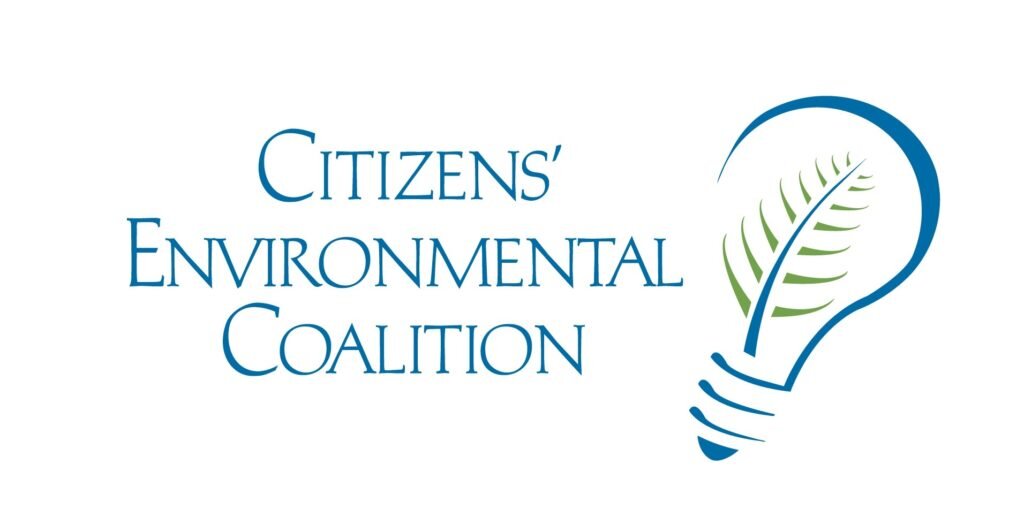Introduction
The Gulf-Houston region is well known for its biodiversity. It sits at the juncture of the East Texas Pineywoods, Columbia and Trinity bottomland forests, the Katy prairie, coastal bays and estuaries, and the Gulf of Mexico. It is a hotspot of diverse landscapes and wildlife, and provides amazing opportunities to enjoy nature, teach and learn.
Regional Ecosystems & Wildlife | Federal, State & Local Resources
An overview of Houston’s systems, with key vocabulary.
Regional Ecosystems & Wildlife
Learn more about Houston’s ecosystems. Each page contains an overview, cultural connections, conservation efforts, wildlife superstars, resources, activities & lessons and videos. It was all designed with a Houston educator in mind!
Coastal Marshes + Coastal Prairies + Forests/Big Thicket + Galveston Bay + Gulf of Mexico
Local Wildlife + Migratory Birds + Watersheds, Rivers and Bayous
Conserving the Houston area: Federal, State, & Local
In the Houston region, there are a variety of federal, state, and local agencies within about an hour’s drive that provide important resources and tools for educators. These agencies apply science to manage wildlife and habitat, conduct research, and many provide outdoor recreational opportunities for the public. They are living laboratories for educators!
Federal
U.S. Fish and Wildlife Service
National Wildlife Refuges - There are 5 National Wildlife Refuges (NWR) in the Greater Houston Area. Most of these refuges are open seven days a week from sunrise to sunset and are free of charge! They include: Anahuac National Wildlife Refuge, Attwater Prairie Chicken National Wildlife Refuge, Brazoria National Wildlife Refuge, San Bernard National Wildlife Refuge and Trinity River National Wildlife Refuge.
In addition to the five NWRs, the Service’s Houston Community Partnerships and Engagement (HCP&E) works with many partners to bring the Service’s conservation message to the city. HCP&E is part of the Service’s Urban Wildlife Conservation Program, a community-centered model to address wildlife conservation needs in order to help fish, wildlife and people.
National Oceanic and Atmospheric Administration
State
-W. Goodrich Jones State Forest
Texas Commission on Environmental Quality
Texas Parks and Wildlife Department
State Parks - At a Texas state park, you can see and learn about wildlife in its natural habitat, camp, hike, bike and sometimes even go hunting! State parks in the Houston area include: Brazos Bend State Park, Galveston Island State Park, Sheldon Lake State Park and Stephen F. Austin State Park.
City / County
There’s a lot of conservation happening at the local level, as well. City and County governments provide excellent resources for educators!
Houston Parks and Recreation Department (HPARD) oversees 380 developed parks and more than 167 greenspaces totaling more than 39,000 acres. Click here to find a Houston city park near you! Want some tips on how to create your own urban habitat?
Harris County parks also offer amenities for all types of outdoor activities! These include hiking and biking trails, dog parks, sports and children's playgrounds. Find one here: County Parks Map
Map of Ecosystems
Sounds from Ecosystems
Postcards From Texas - a YouTube playlist from Texas Parks and Wildlife.
Enjoy relaxing scenes of Texas landscapes.
